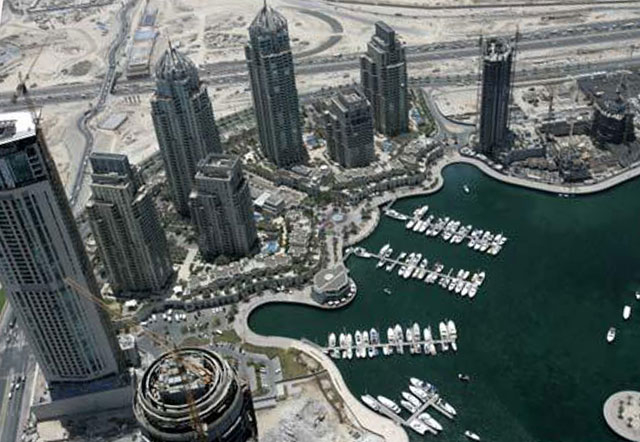After a flat 2016, this year has been more heartening for the UAE real estate sector. Projects are coming to completion, buyer enquiries across the board are up, and Expo 2020 is around the corner.
In terms of trends, experts see a noticeable shift to the off-plan sector, and projects are generally better in terms of quality.
“It looks like both investors and end users don’t mind the wait for these projects to be completed, which could be anywhere between the end of the year to two years,” says Brigitte Tenbergen, Luxury Sales Specialist at Dubai real estate firm Luxhabitat. “The new units to be delivered appeal to a mass audience; they have well-thought out layouts.”
Projects to watch
Among new projects to watch in 2018, Tenbergen points to the Alef Residences serviced by the W brand, and the One Palm luxury apartments, both on the Palm Jumeirah.
Abu Dhabi has had a mixed performance this year, but locations such as Al Khalidiya and Mohammad Bin Zayed City have bucked the trend of poor demand and rental pressure. These residential neighbourhoods along with Muroor are the best performers, according to recent data from Chestertons. Khalifa City is another area favoured by cost-conscious tenants.
There are big things happening though in the northern emirates, which are a focus of interest for GCC investors due to perceived good returns. In Sharjah, developer Arada is drawing interest with the emirate’s largest-ever mixed-use project. The Dh24 billion Aljada development will house around 70,000 people over 2.2 square kilometres.
Ras Al Khaimah is the market to watch in 2018. Most experts are positive in terms of returns for investors in the emirate, with Asteco highlighting that Al Hamra reported yields of 7-8 per cent per year on town houses and villas and 8-9 per cent on smaller apartments. Insiders predict an 8-10 per cent return on beachfront properties such as Pacific.
Interestingly, investors who moved to RAK as a second option to Dubai and Abu Dhabi have found it to be a value-for-money destination with comparable benefits.
Overall, it has been a positive year for UAE developers. Revenues came in higher for Damac Properties, for example, at Dh5.8 billion over the first nine months, versus Dh5.12 billion a year ago. Damac is keeping a good pace on the delivery side, handing over 1,923 homes, including 852 units outside the UAE.
Despite the overall perky sentiment, it is no secret that a price adjustment occurred over 2017, with market rates dropping since the start of the year. However, insiders are confident this won’t continue in 2018.
More buyers
“In my opinion, at the start of this year prices had risen too sharply and as all marketplaces are cyclical it was inevitable there was going to be an adjustment,” says Myles Bush, CEO at Dubai’s PH Real Estate. “As a business, since the end of summer, we have seen an increased number of buyers, which shows a very positive sentiment.”
Bush says that Dubai Marina, Jumeirah Lake Towers (JLT) and Jumeirah Village Circle (JVC) have been very active in 2017 and had provided the most business for his company in Dubai.
Raj Sahni, owner and chairman of the conglomerate RSG International Group, feels the current UAE real estate market is a bit quiet, but is ripe for investment. “It offers some great avenues for smart investors and promises to yield good returns,” he says. “Anyone with a keen sense of real estate and smart enough to spot opportunities are investing in the market. Its past performance and future prospects are enough to capture the attention of investors the world over.”













